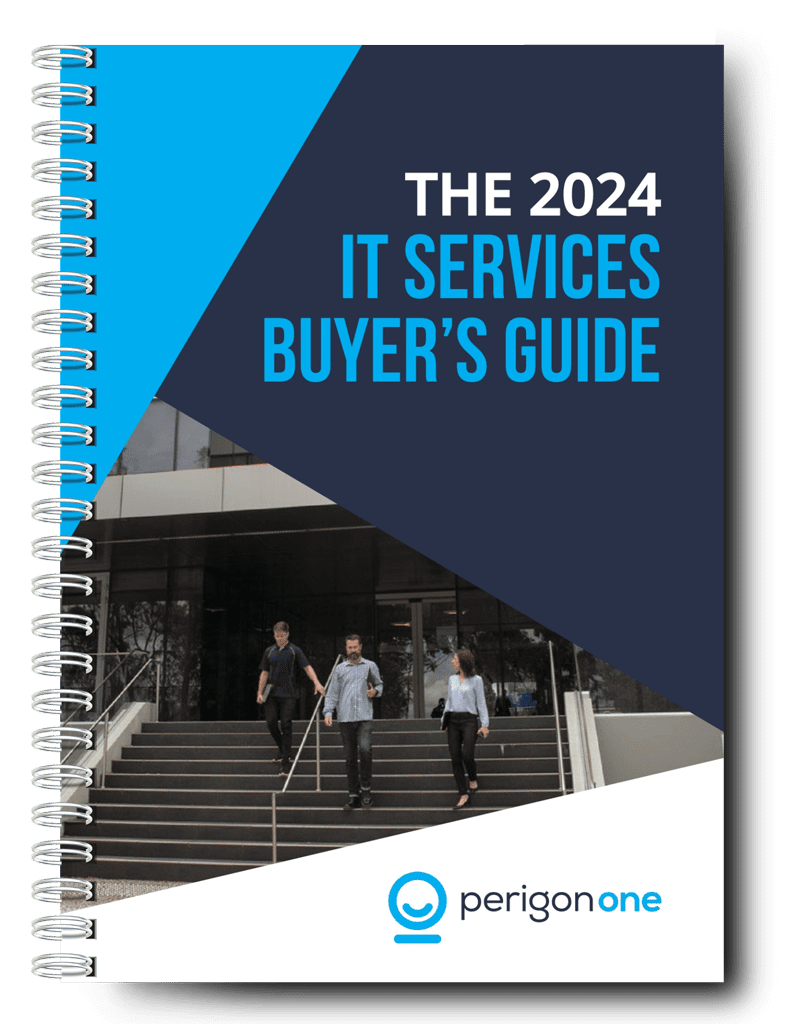The cloud may be the answer to many business problems, but it’s not without its risks. Luckily, there are solutions such as multi-factor authentication that are helping to keep the cloud more secure.
Storing critical business data in the cloud… it just makes sense, doesn’t it? When your vital information is stored virtually – and can be accessed from anywhere, at any time, by anyone who needs it – you can overcome some of the biggest barriers standing in the way of modern productivity.
It’s not surprising that the number of Australian businesses using paid cloud services jumped from 42% in 2019 to 55% 12 months later. And that figure is understood to be even greater today, with more and more companies utilising cloud-based services to boost customer satisfaction, gain a competitive advantage, and embrace a digital-first future that will help them thrive, not just survive.
And it’s succeeding. 78% of Australian cloud users say they’re more productive than they were when using on-premises solutions. That’s certainly good news. The bad news is that the cloud doesn’t just have the potential to increase workplace productivity… it’s capable of increasing workplace risk, too. After all, when data is stored virtually, opportunities for unauthorised access grow significantly.
So how can you best secure your cloud environment? In part 1 of this Securing Your Cloud series, we’re exploring the role that multi-factor authentication can play in helping organisations to create a safer, more secure cloud. A could with reduced risk and better protection for valuable and sensitive business data.
What is multi-factor authentication?
Multi-factor authentication, or MFA, adds a second – or third, or fourth, etc – layer of security to your cloud by requiring more forms of identification when signing in to some cloud-based services.
Have you ever noticed that sometimes, when you sign into an online account, you need to enter your password along with a one-time verification code that’s sent to your email address or phone? Or a password along with the answer to a pre-set security question? That’s two-factor authentication, because there are two forms of authentication needed to log in. Multi-factor authentication for the cloud simply means that there’s more than one form of authentication needed to gain access.
Types of authentication may include:
- Password
- PIN
- Memorable phrase
- Security question
- One-time passcode (OTP)
- Biometrics, e.g. fingerprint or facial recognition
So even if your passwords to your cloud-based solutions are stolen through a calculated cyber attack, criminals should not be able to access your cloud-stored data with a password alone. They’ll also need to have the second or third form of authentication required to access the online accounts.
This makes unauthorised access to confidential and sensitive data in the cloud a massive challenge, even if your password details have been compromised. While it may be possible for a password to be hacked or guessed – especially if it’s weak or shared with other accounts – it’s incredibly difficult for cyber criminals to steal real-time, time-limited codes, or access more personal user information.
Passwords alone aren’t always enough
Here in Australia, multi-factor authentication has become mandatory for all high-risk transactions; for example, when logging into online banking apps. However, despite the Australian Cyber Security Centre stating that ‘MFA is one of the most effective ways to protect your valuable information’, it’s not a legal requirement in all industries yet. But that doesn’t mean you can’t embrace MFA to protect your data, and work within a more secure digital environment. And we’re here to help.
To find out more about multi-factor authentication, get in touch with us. And stay tuned for part 2 of our Securing Your Cloud series where we’ll take a look at other ways to work more securely online.


